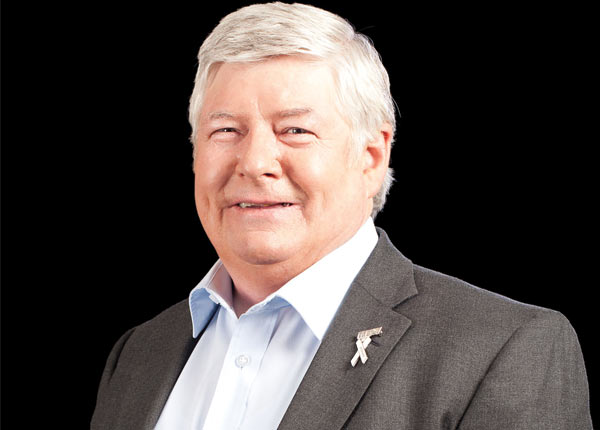
Victoria’s councils say that they have opted for only modest rate rises in the face of harsh federal funding cuts, but warn that local government finances are now so thinly stretched that a blowout is looming just around the corner.
The Municipal Association of Victoria (MAV) has reckoned that council rates will rise by an average of 4.2 per cent or $70 per household, an increase the peak body said was “in line” with the local government cost index, a Consumer Price Index (CPI) equivalent measure used to track councils’ cost movements.
“It’s never an easy process for councilors to strike the right balance between delivering services communities rely on every day, maintaining ageing infrastructure, and ensuring rates remain affordable for homeowners,” said MAV President Bill McArthur.
“Like households, councils continue to face cost pressures. Federal funding cuts to financial assistance grants have had a massive impact on council budgets, with the government announcing a freeze on indexation of the grants, commencing 1 July.”
The freezing of the FAGs funding has angered councils across Australia to the point they are now campaigning hard for the cuts to be abandoned because of the projected negative impact on communities, especially in rural and regional areas.
Mr McArthur said the freezing of FAGs had now created “a $91 million three-year black hole” across his state.
“These grants are especially vital to rural councils, making up to 31 per cent of shires’ funding. Councils have had the tough job of reconfiguring their budgets to make up for this shock loss of core revenue,” Mr McArthur said.
A major funding problem that local governments say they are now being forced to deal with is that as Canberra and the states continue to devolve service delivery and other functions to them, the pot of money to compensate for the cost shift is simply shrinking.
Mr McArthur said each time funding fell short, councils were left with the unpopular choices of either increasing rates or cutting services.
“This has been a longstanding problem facing Home and Community Care, school crossings, and public libraries,” Mr McArthur said.
Compounding that shortfall is the problem that the local government cost index does not factor in any extra funding that councils argue is sorely needed for asset maintenance and renewal. The MAV says the state’s Auditor General has calculated the present asset renewal funding gap to be at $225 million and growing.
“This gap is projected to grow to $2.6 billion by 2026 without serious intervention. A renewal gap occurs when assets deteriorate faster than councils can fund their maintenance, renewal and replacement costs,” Mr McArthur said.
Fuelling that blowout, aside from cuts, are increases in “construction, material and labour costs” as well as the burden of councils maintaining $73 billion of infrastructure that includes 85 per cent of Victoria’s roads and “thousands of community facilities” like swimming pools, parks, kindergartens, and libraries.
The MAV said that because cost drivers for councils don’t move in line with the CPI, costs to councils were generally elevated by “between three to four per cent more each year.”
Meanwhile, councils are urging people for whom rate rises will cause financial problems to seek help early.
“Councils understand the some family budgets are tight. When rates notices arrive in coming weeks we urge anyone facing genuine financial hardship paying their rates to contact their council. Individual payment plans and deferrals may be arranged, depending on your circumstances,” Mr McArthur said.





Leave a Reply